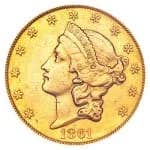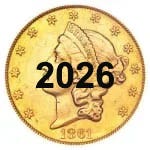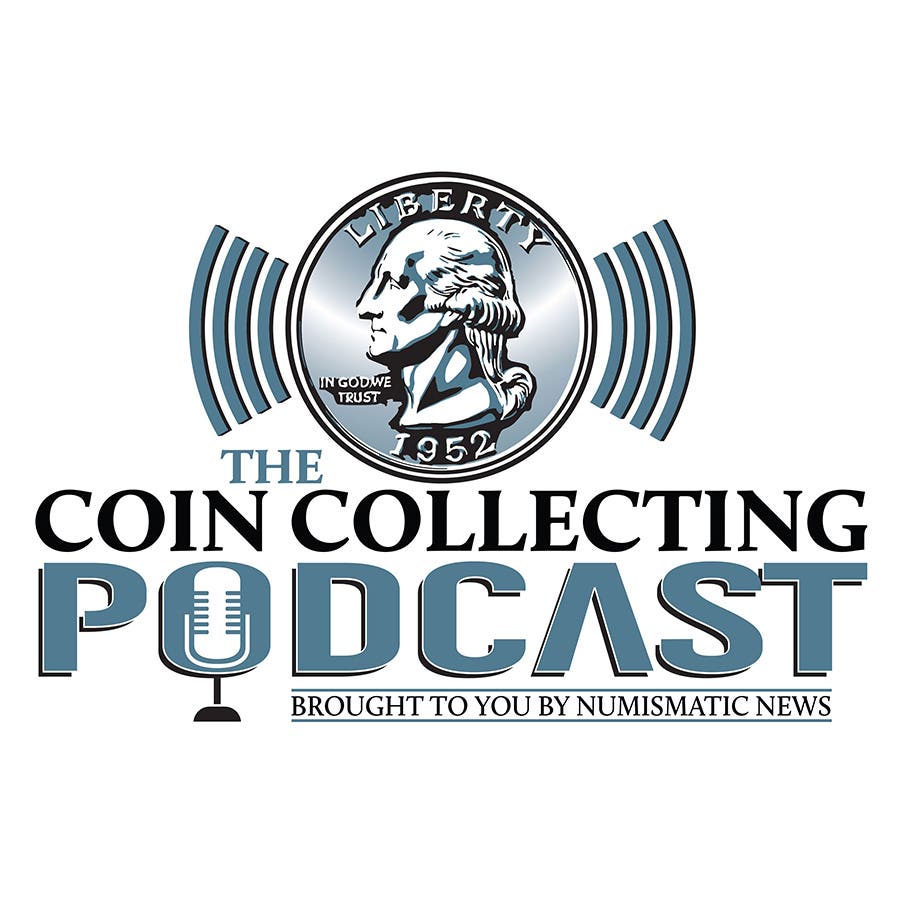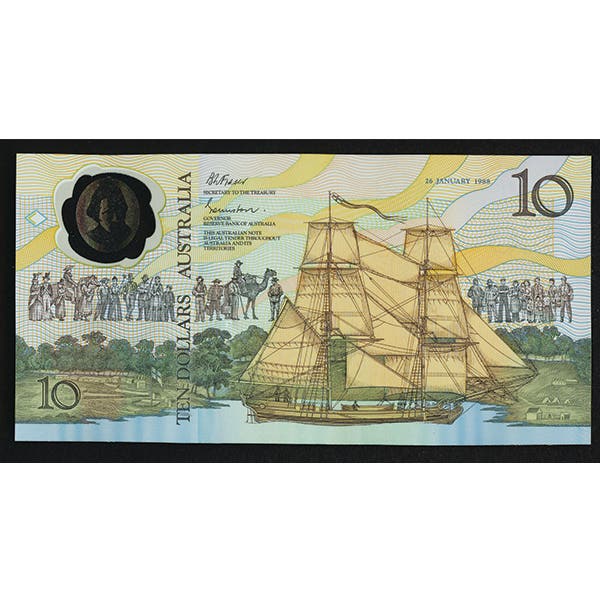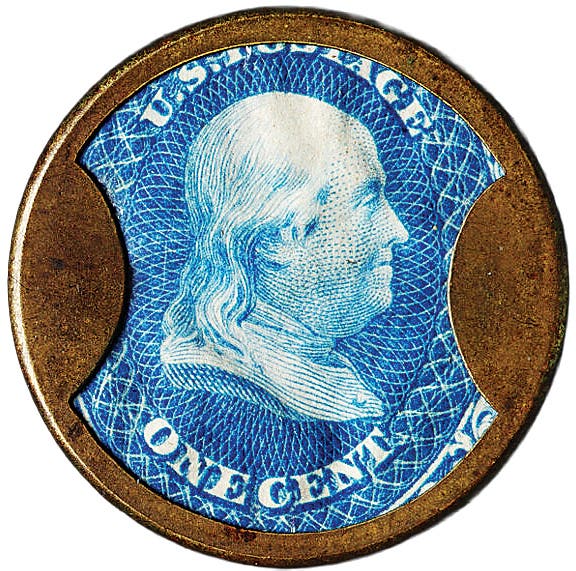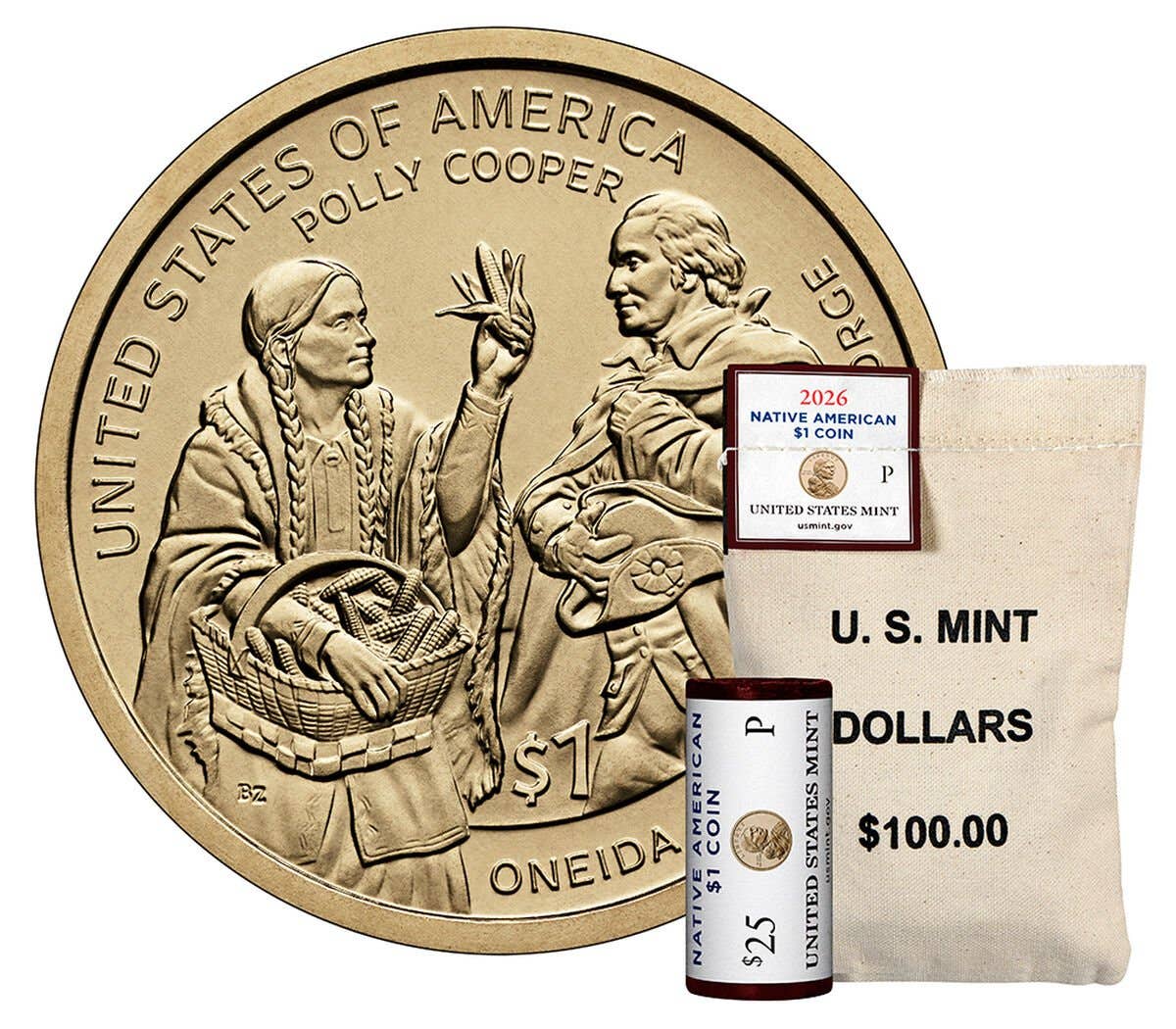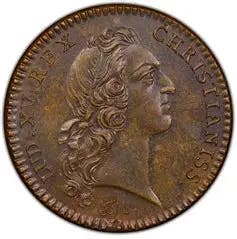CoinClinic: Collecting Varieties
The 1964 Kennedy half dollar is famous for its Accented Hair design, but collectors should know it’s not the only variety worth spotting. Here’s what to look for — and what to avoid.
Are these errors on my 1919-S cent? The ‘E’ is noticeably dropped below the ‘W’ in ‘WE’, and the first ‘T’ in ‘TRUST’ is missing.
You likely have a coin that is missing letters due to grease in the coinage die. Someone needs to see the coin in person to be certain of this. Other error 1919-S cents include the 1919-S/S, missing L in Liberty, and improper woody appearance alloy or lamination. I’ve seen the image of a 1919-S cent where the mintmark appears to be tripled, but the coin had not been examined by any third-party service.
Just how many varieties of the 1964 Kennedy half dollar are there?
The Accented Hair coin gets all the publicity, but it isn’t the only 1964 JFK half-dollar variety to be encountered. The Accented Hair variety has extra hair above the ear; however, it is also missing most of the lower left serif on the letter I in Liberty as an important diagnostic. Other major varieties of which to be aware are the 1964-D Doubled Obverse Die and the 1964-D/D Repunched Mintmark. Numismatic Guaranty Corporation acknowledged 13 varieties of either the Philadelphia or Denver issues.
Are there significant varieties of the 1965 to 1970 silver-clad Kennedy half dollars for which I should be looking?
There are a number of varieties to be aware of, particularly doubled die obverses or reverses. Excellent images of these and all other Kennedy half dollars can be viewed at the Numismatic Guaranty Corporation’s Variety Plus, A Comprehensive Guide of NGC-recognized varieties.
How should I treat a coin that appears to be a variety but none of the major third-party certification services recognize it as such?
There is always another variety to be discovered for the first time, but in general, if none of the major certification services are recognizing what appears to be a variety, I would use the phrase “buyer beware.” Coins lacking some lettering or detail due to grease from some other foreign object interfering with the production process momentarily are commonplace and of little value. There are also so-called varieties that may be manipulations that may be for sale on the internet. My suggestion would be to stay with the recognized varieties unless some experienced collectors and dealers agree with you that what you have needs to be recognized as a variety.

